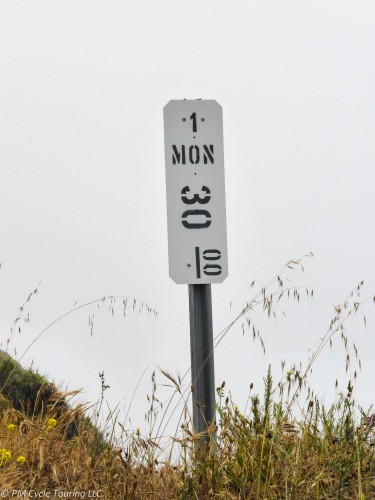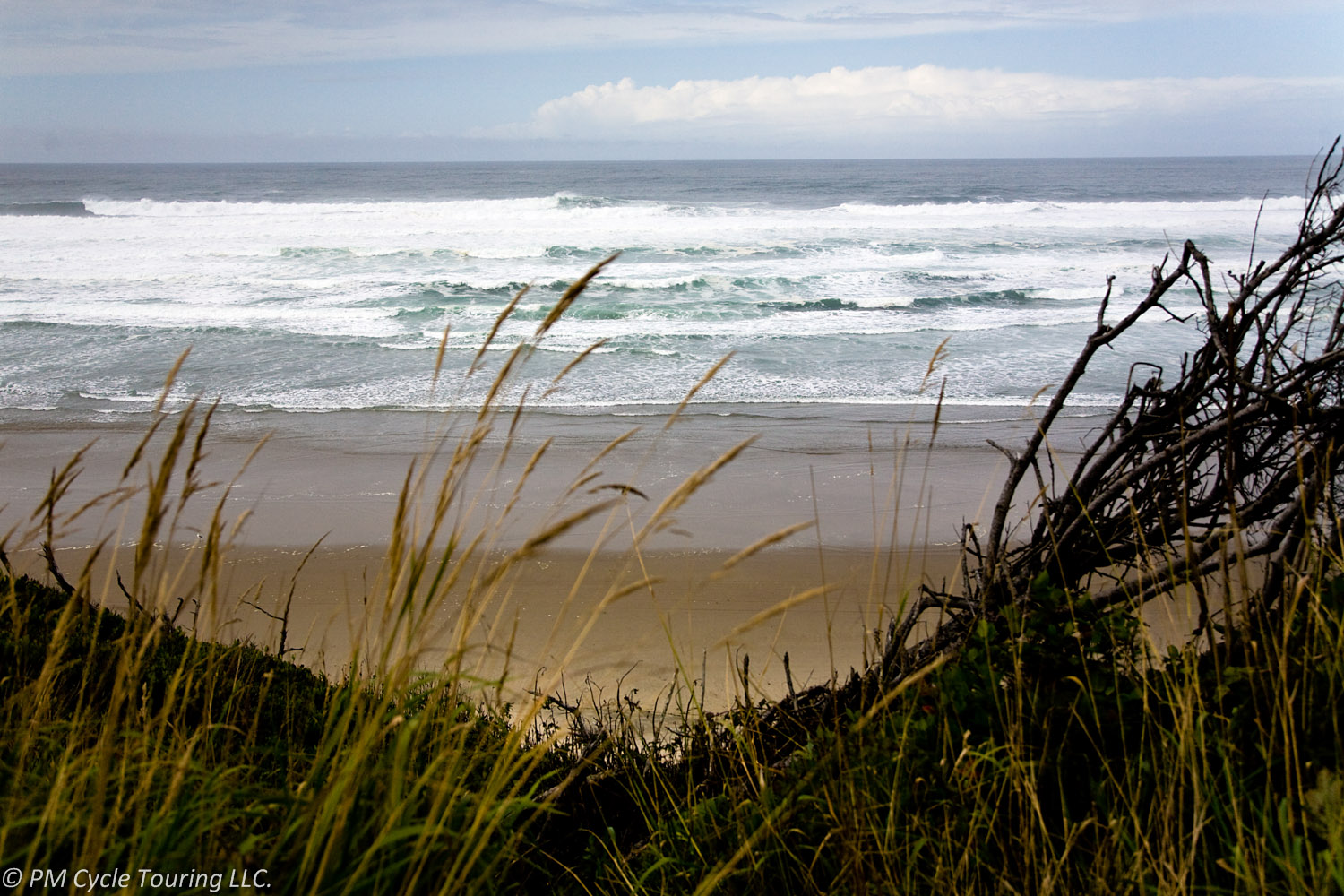There are many different kinds of road signs in California. There are the big green signs that tell you how many miles you have left to get to your destination. There are the route signs that tell you what road you’re on. And then there are the little white, rectangular signs you’ll find posted at every mile. Knowing what these signs mean can be a big help. The ones that look like this:

Well, here’s a little primer on how to interpret these milepost signs.
First, check out the top. That number? In this case it says “1” but it could also say 001. This is the road you are on. This one in particular means California State Route 1. I’ve also seen an abbreviation of the name of the road, for instance HGR for Harris Grade Road.
Next, there is a two or three letter designation for the county. There are 58 counties in California, therefore, 58 different abbreviations. This is county MON for Monterrey County.
Finally, there’s a number. This is the mileage from the county line. Generally, the mile numbers increase as you go from south to north or from west to east, depending on the general direction of the road. When you get to a new county, the mileage numbers start over.
You can count on these milepost signs to be posted at every mile, but also marking bridges and roadside call boxes. I can honestly say that looking forward to the next milepost has saved me on many a monotonous bike ride; when I think I can go no further, I just say, “at mile 12 you can rest.” And when I get there I say “now mile 13.” It’s also especially handy when traveling from north to south (or east to west) as the numbers count down to the next county. Anything to help keep your motivation to keep pedaling!
